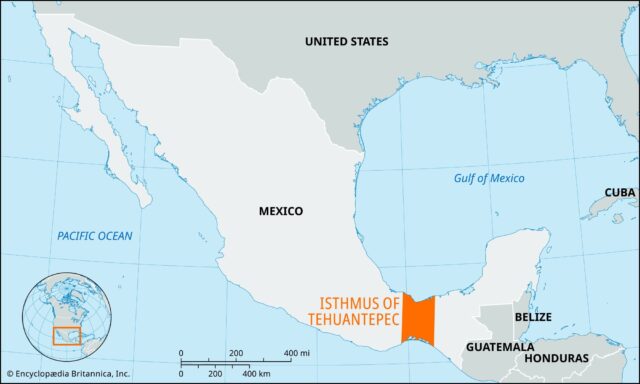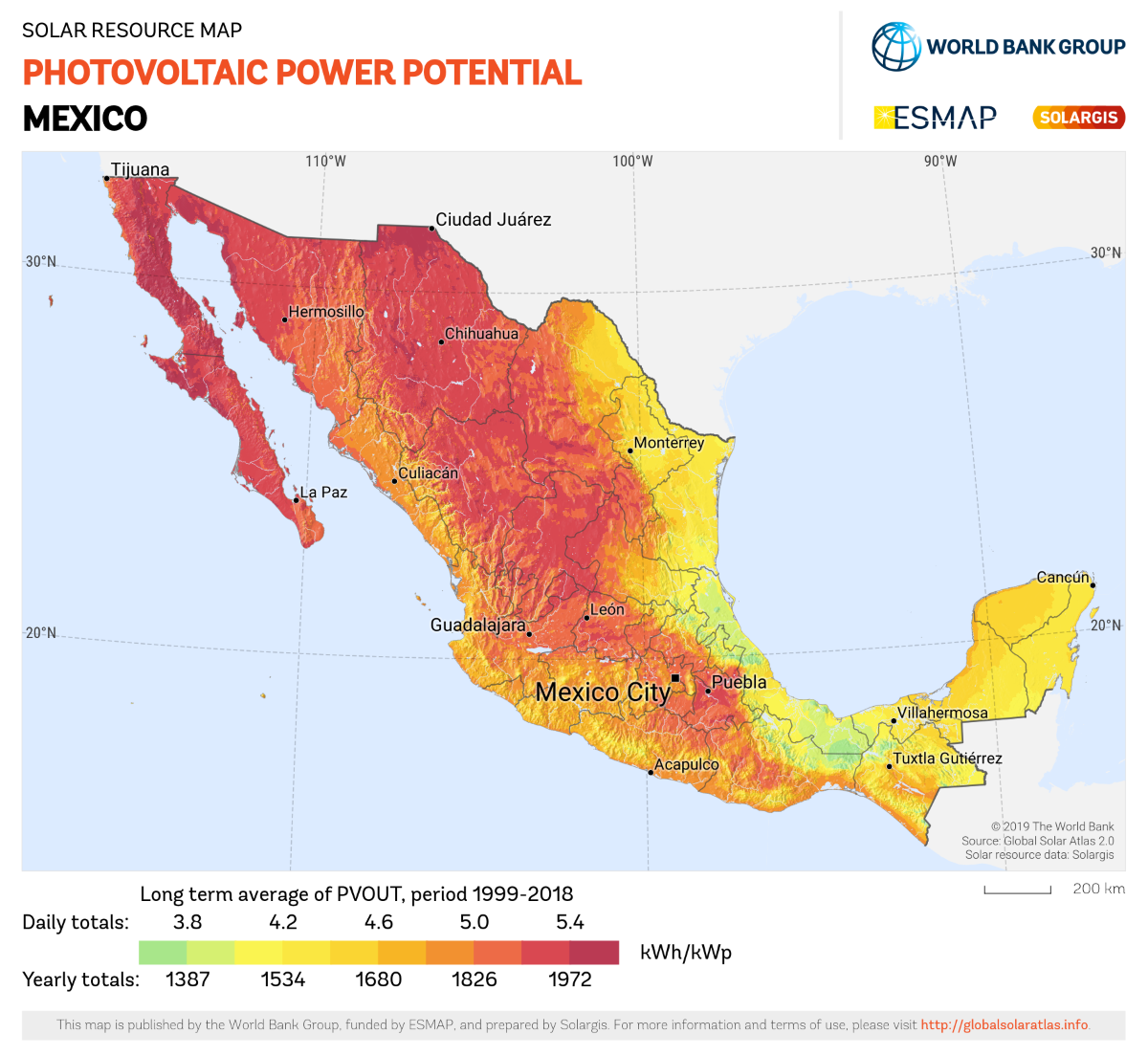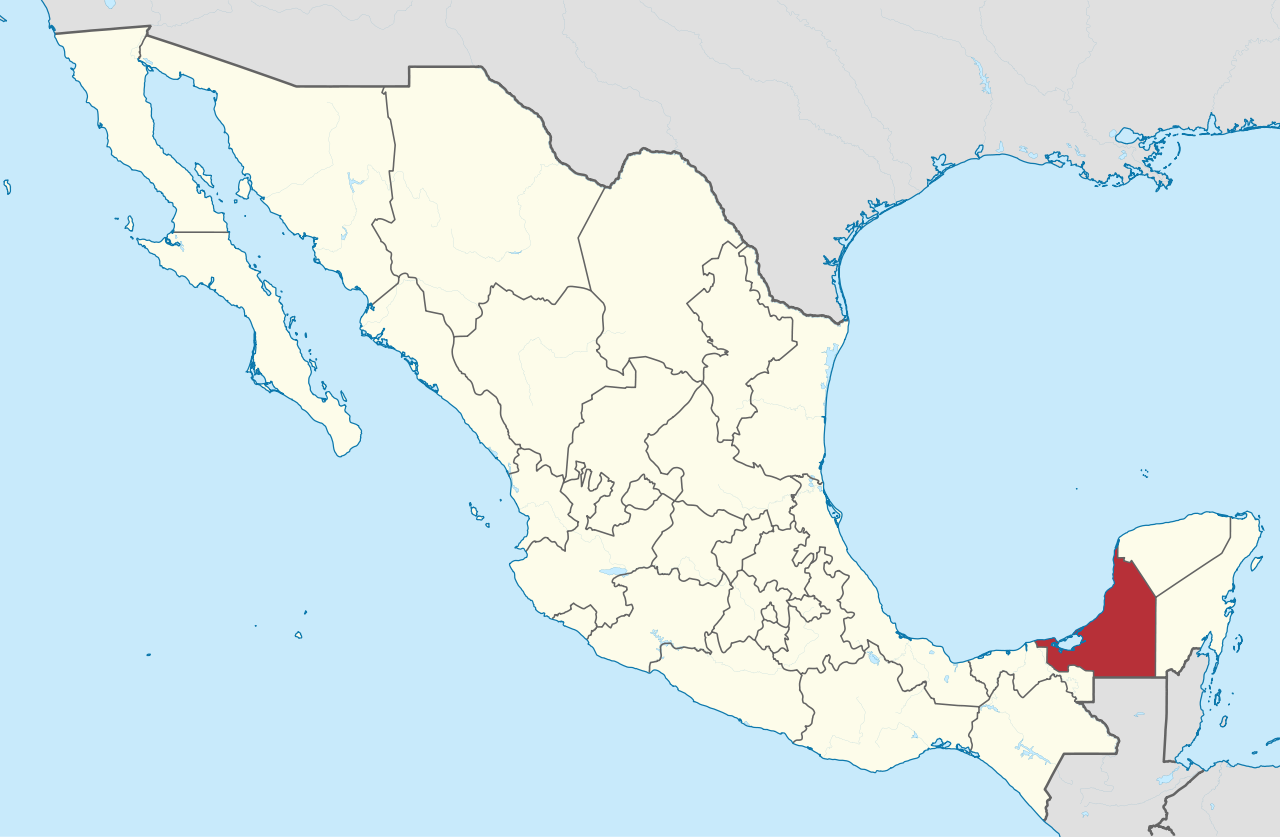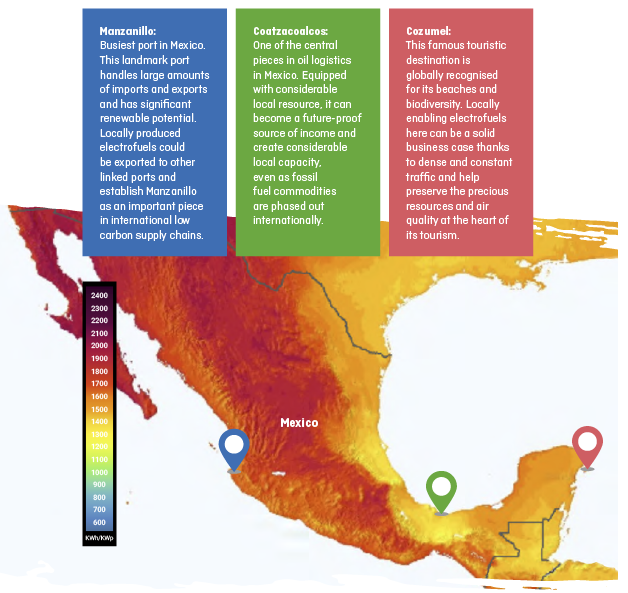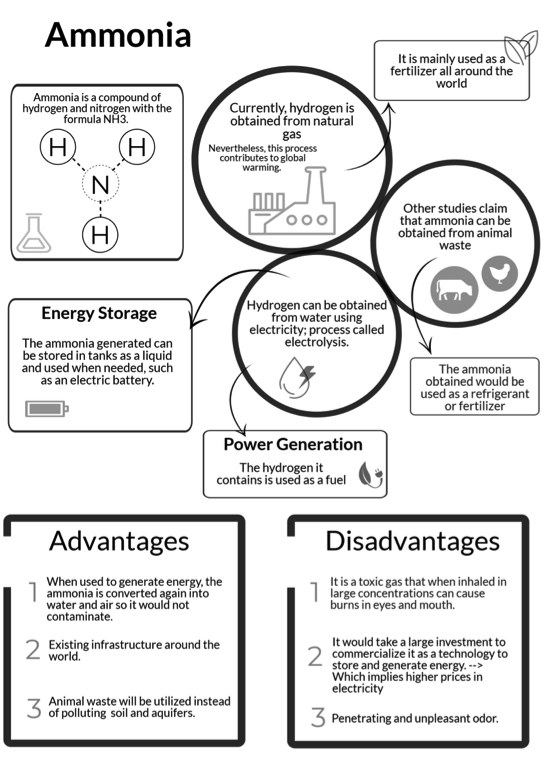Mexico
PepsiCo & Yara extend fertilizers partnership to Latin America
Yara will supply both low-emission fertilizers and decarbonizations services to potato farmers in Mexico, Colombia, Chile, and Argentina. The potatoes will be used in the production of Sabritas potato chips and other snack foods.
Construction imminent for CIP’s renewable ammonia project in Mexico
Set to produce 900,000 tons per year of renewable ammonia powered by 3.7 GW of combined wind and solar energy, CIP’s Helax project in Mexico is set to come online in 2028. In Newfoundland and Labrador, CIP has acquired a 90% stake in a large-scale, onshore wind-powered renewable hydrogen project.
Aslan Energy: low-emission ammonia in Mexico and Indonesia
Singapore-based Aslan Energy Capital has acquired land in Sonora state for a solar-powered hydrogen and ammonia production project, feeding domestic requirements in Mexico. Also amongst Aslan’s portfolio is the ARUN Blue Ammonia project in Aceh Province, near the vital Strait of Malacca international shipping lane.
Hy2gen announces new ammonia project in Mexico
Hy2gen’s latest ammonia project will feature 200 MW of electrolysers powered by offgrid wind and solar energy, producing 180,000 tonnes of renewable ammonia per year for export to the EU. Local wind developer Mexion Corporation and German development agency GIZ will partner with Hy2gen to proceed with feasibility studies.
Ohmium to provide electrolysers for low-carbon fertiliser plant in Mexico
Ohmium will deliver electrolysers to Tarafert to integrate into their new build ammonia & urea plant in Durango, northern Mexico. The ammonia plant is CCS-based, but an electrolyser facility & 1 GW solar farm will be built next door to give plant operators two different sources of low-carbon hydrogen feedstock: one CCS-based, and the other solar-based.
Huge potential for green maritime fuels in Mexico
A new study from EDF and Ricardo outlines the potential for Mexico to produce, consume and export hydrogen-based fuels like ammonia. Mexico is already positioned on some of the world's busiest shipping routes and has a potentially huge surplus of green power by 2030, presenting a unique opportunity.
Importance of Public Perception towards an Ammonia Economy
During development of the technical aspects of any energy project, a social perspective needs to be considered. Public opinion is going to be a fundamental parameter to determine the role of renewables in the future, with decarbonisation meaning innovation towards a comprehensive plan that involves not only technology but also psychology and how these two can benefit from each other. Due to the importance of understanding public perception of ammonia, Cardiff University conducted a study focused on the Yucatan Peninsula, Mexico, which currently presents high revenues in agriculture and depends on ammonia as a fertiliser. An analysis of stakeholder’s perception of ammonia was carried out to understand the different barriers and drivers of each established group.


